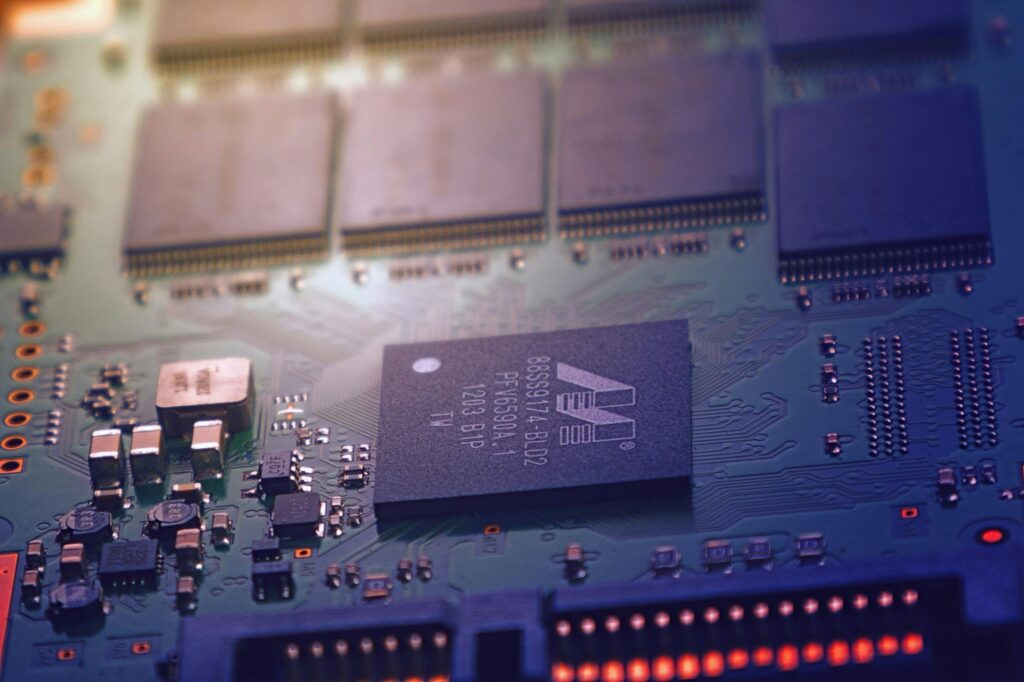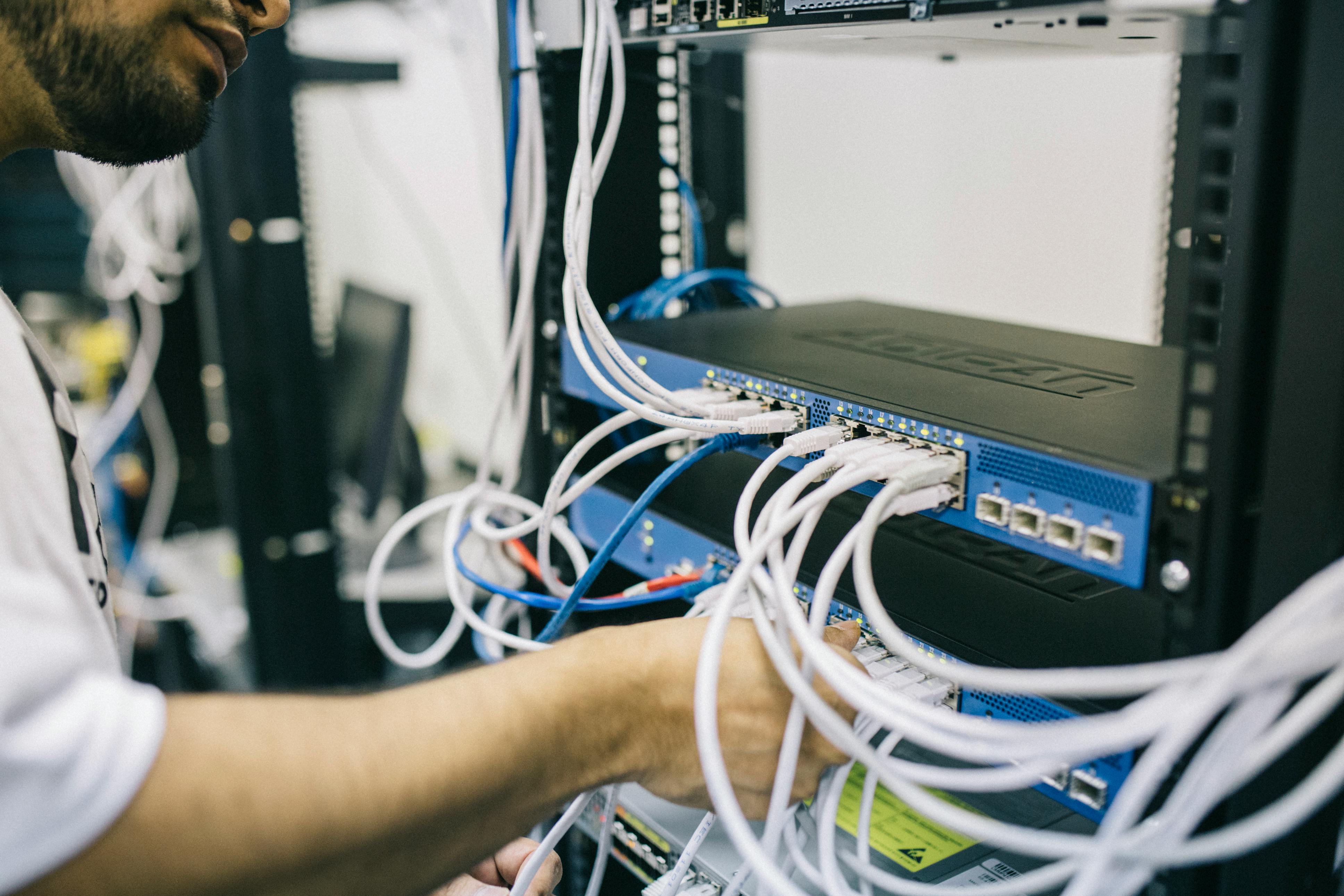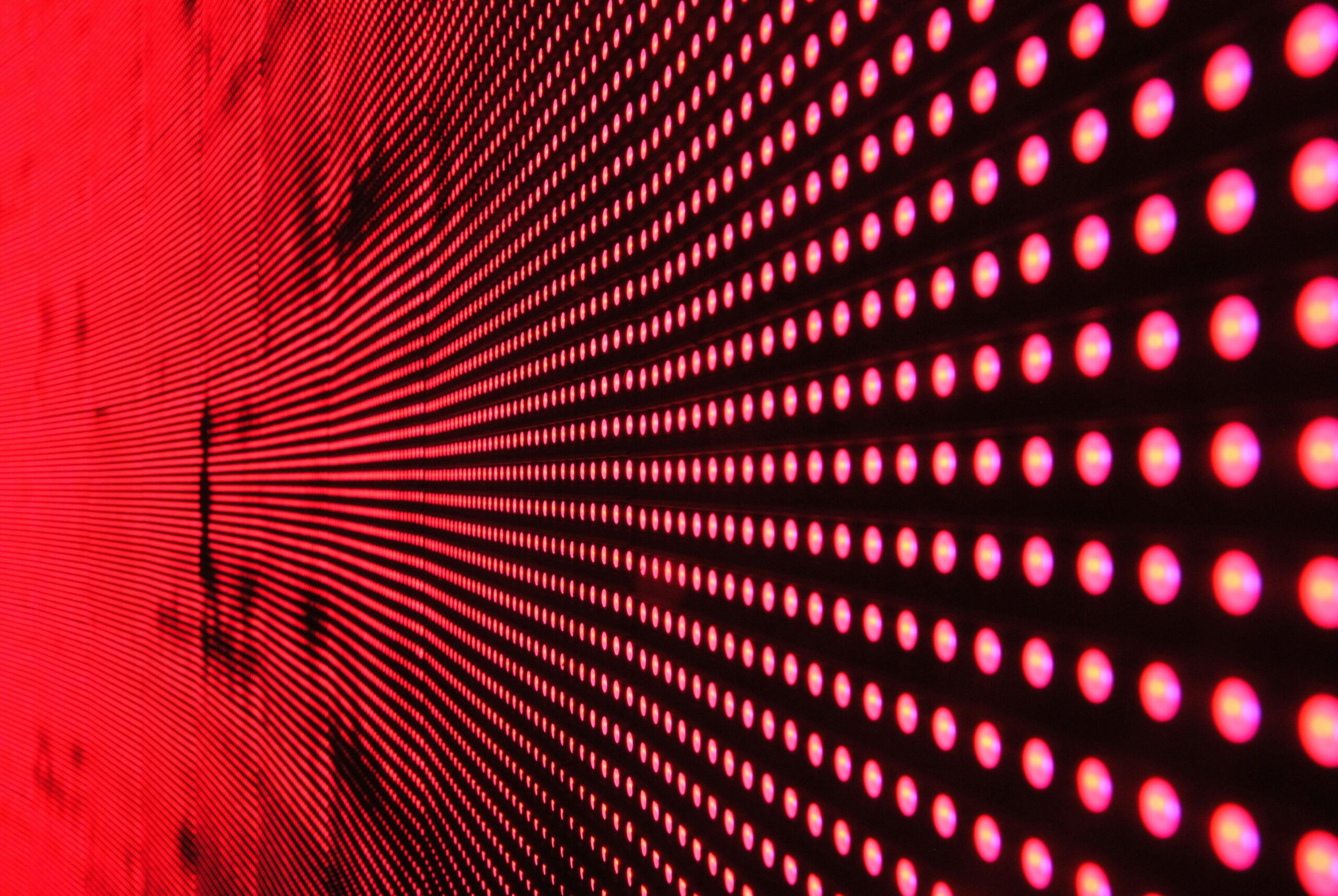Technology has become an integral part of our lives, powering everything from smartphones to smart cities. However, behind every sleek device lies a complex lifecycle that starts with the extraction of natural resources and ends in the intricate world of recycling—or sometimes, waste.
In this blog post, we’ll explore the journey of tech development, breaking down the materials involved, how they’re used, and what happens after devices reach the end of their lives.
1. Sourcing the Building Blocks: Natural Resources in Technology
Modern technology depends on a variety of raw materials, each playing a vital role:
- Metals:
- Lithium: A cornerstone of rechargeable batteries used in smartphones, electric vehicles, and laptops.
- Copper: Essential for wiring and circuit boards due to its excellent conductivity.
- Rare Earth Elements (REEs): Found in magnets, displays, and advanced motors. Examples include neodymium and dysprosium.
- Gold, Silver, and Platinum: Critical for contacts and connectors in electronics because of their resistance to corrosion.
- Minerals:
- Silicon: The foundation of microchips, enabling computing and storage.
- Cobalt and Nickel: Paired with lithium in batteries to enhance energy density.
- Tantalum: Used in capacitors for its ability to hold and release energy effectively.
- Organic Materials:
- Petroleum-based Plastics: Provide durable casings and insulation for electronics.
- Glass: Derived from silica, it is used for screens and lenses.

2. Manufacturing: Transforming Raw Materials into Innovation
The manufacturing process is where these resources are refined and combined:
- Microchips: Silicon wafers are cut and layered with intricate patterns to create integrated circuits.
- Batteries: Metals like lithium and cobalt undergo chemical treatments to form energy-storing electrodes.
- Displays: Materials like indium tin oxide enable touchscreens, while LED and OLED technologies bring vibrant colors.
This phase is energy-intensive, often requiring high-precision machinery and significant amounts of water.
3. Usage: Powering Our World
Once assembled, these devices enter the consumer phase, becoming indispensable tools. However, this phase also generates challenges:
- Energy Consumption: Devices rely on electricity, often sourced from non-renewable energy.
- Wear and Tear: As devices age, components degrade, reducing performance and driving the demand for replacements.

4. The End of the Line: Recycling or Waste
The final stage in the tech lifecycle often determines its environmental footprint:
- E-Waste Crisis: Many devices end up in landfills, leaking toxic substances like lead and mercury.
- Recycling Initiatives: Efforts to recover valuable materials such as gold, silver, and rare earth elements are gaining traction. However, recycling rates remain low, with less than 20% of global e-waste being formally recycled.
The Need for Sustainable Innovation
To minimize environmental impact, the tech industry must prioritize sustainable practices:
- Eco-Design: Products designed for durability, repairability, and recyclability.
- Circular Economy: Encouraging reuse and refurbishment to extend the lifecycle of devices.
- Material Innovation: Developing alternatives to scarce or harmful materials, such as bio-based plastics or lab-grown minerals.
Conclusion
Every piece of technology we use has a story that starts deep within the earth. By understanding this lifecycle, we can make more informed choices—supporting brands that prioritize sustainability, advocating for better recycling policies, and even questioning whether we need the latest upgrade.
This blog post was written with the assistance of ChatGPT, based on ideas and insights from Edgar Khachatryan. Photos from Pexels.
